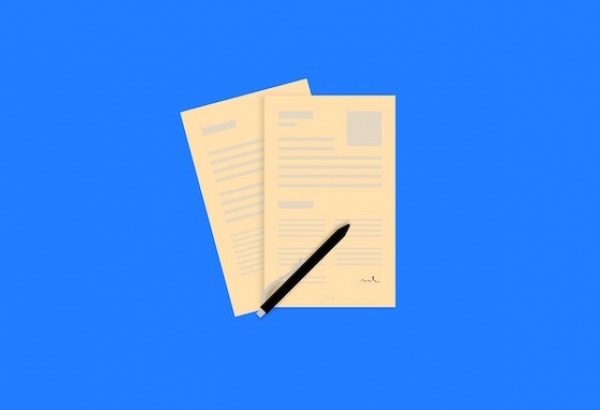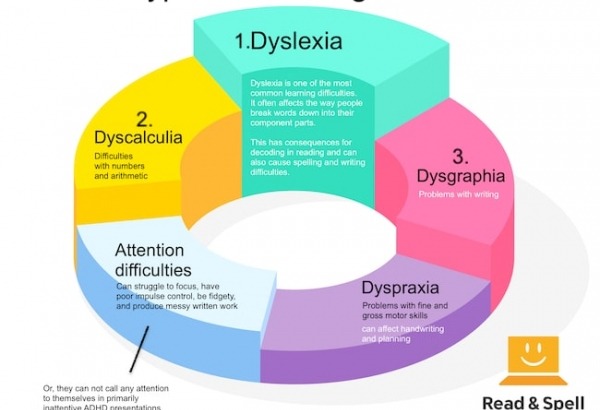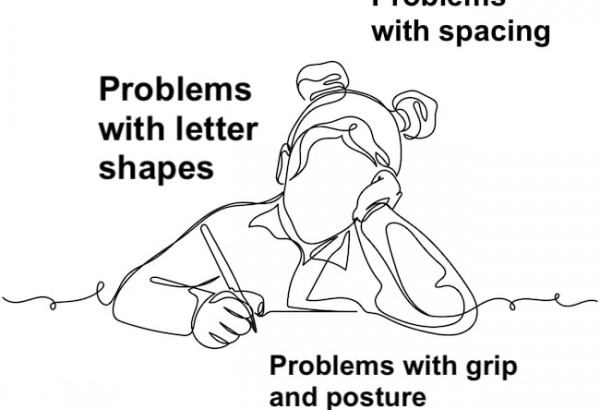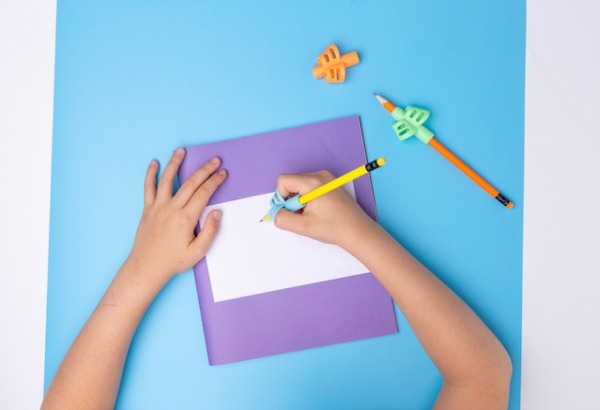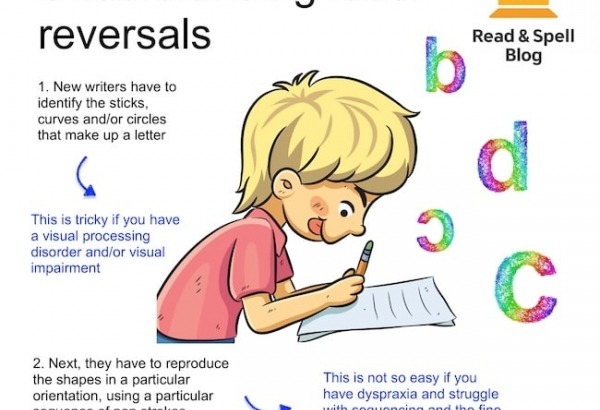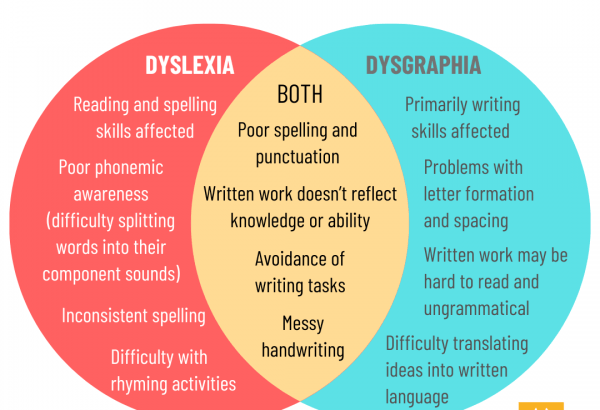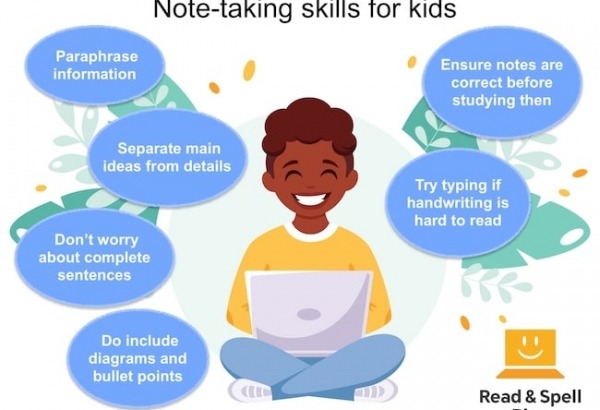Read and Spell Blog

“
This program is working great. We are using it for our 6 year old and he is enjoying it. He wants to "do my typing" each day. Our 4 year old daughter watches with keen interest. The way it is designed really does include reading and spelling and not just typing.


Did you know learning to touch-type can make you a better speller? Be the best you can be with TTRS!
Education Subscription
Touch-typing can support spelling skills and help students build confidence in and outside of the classroom

